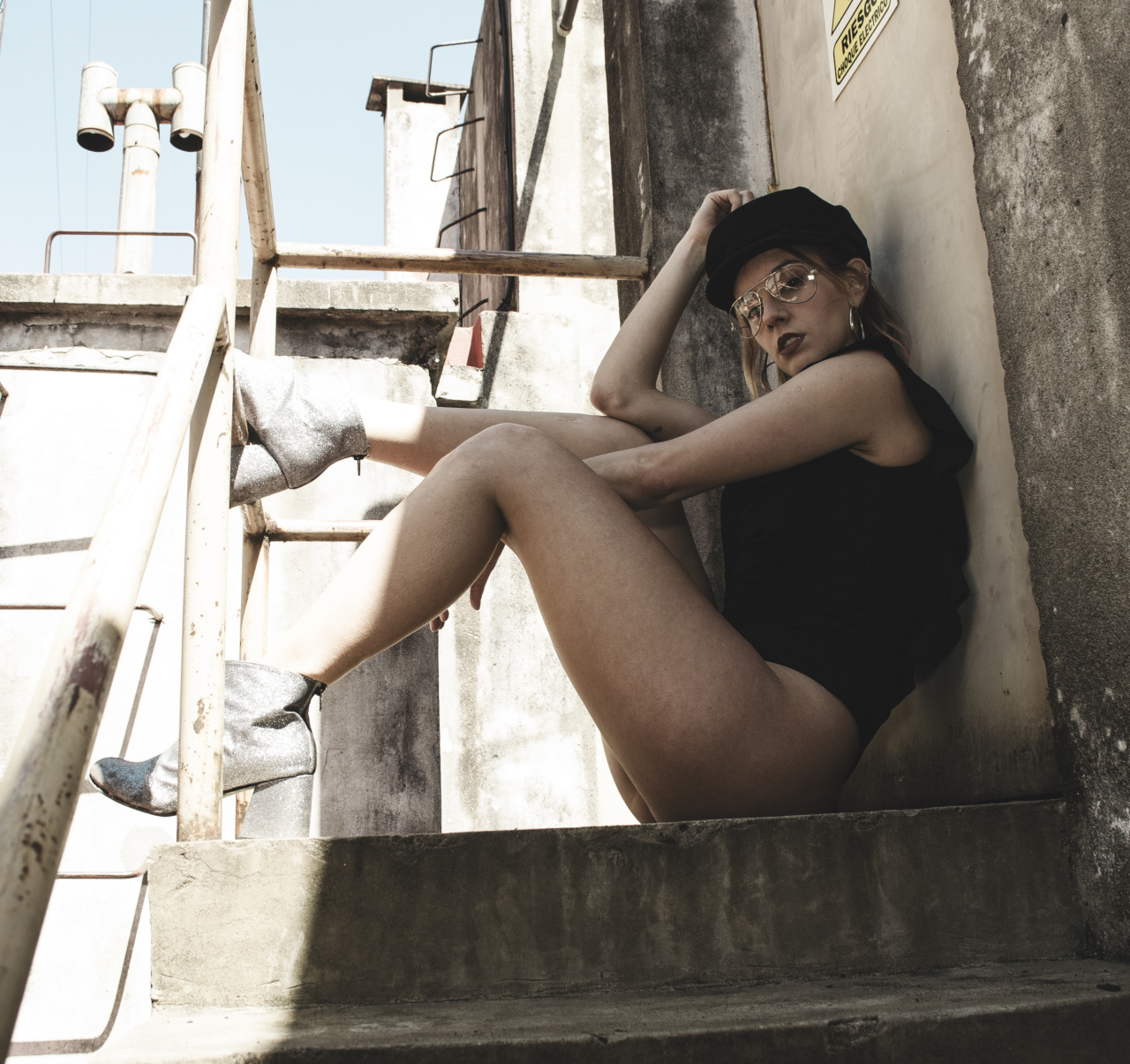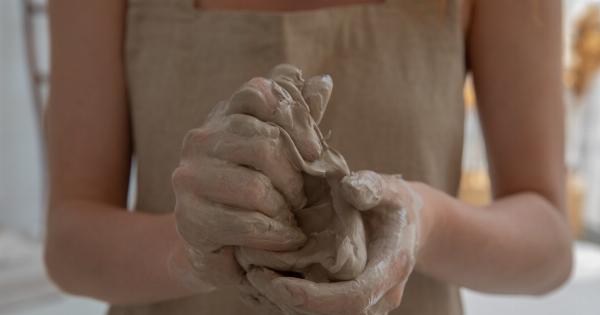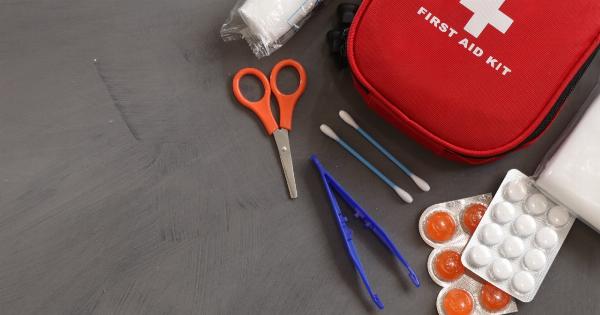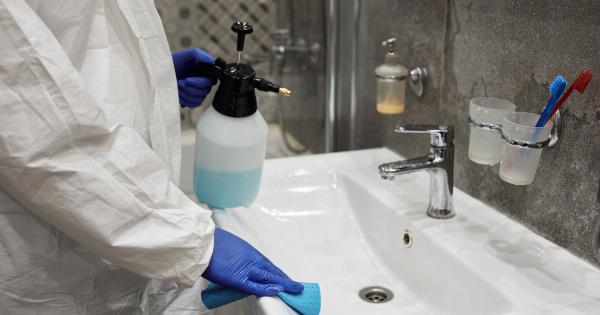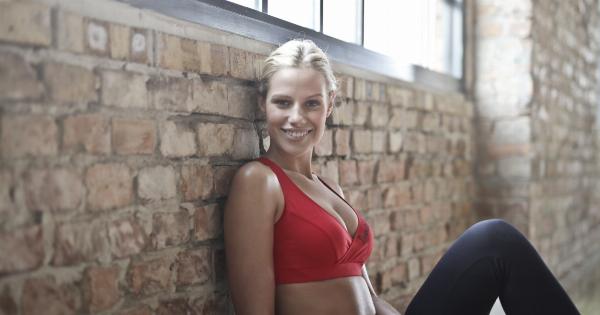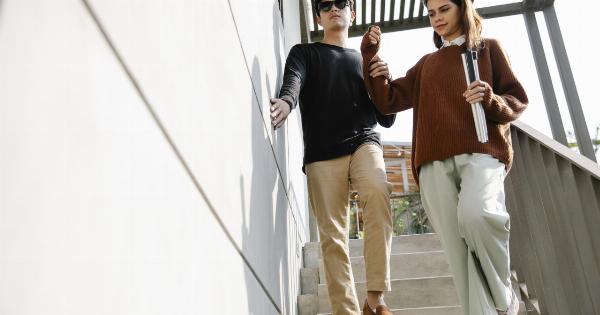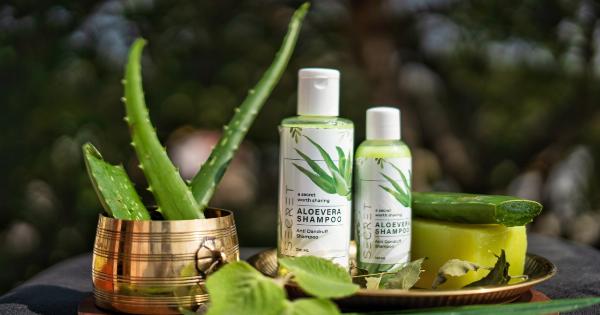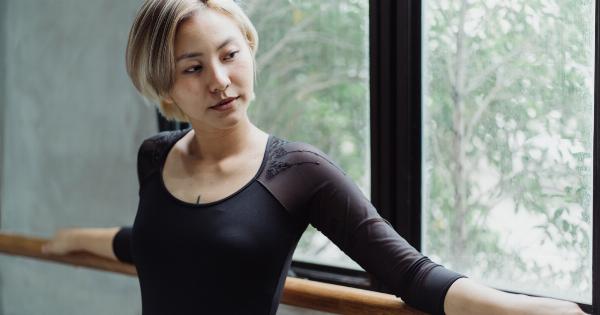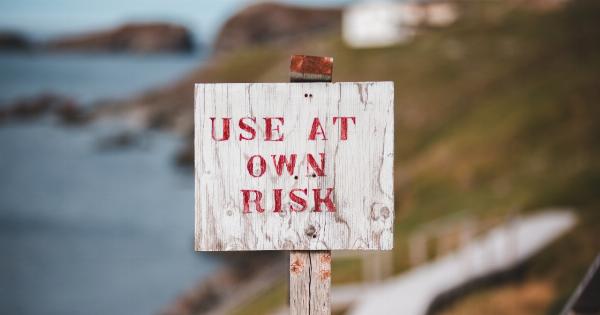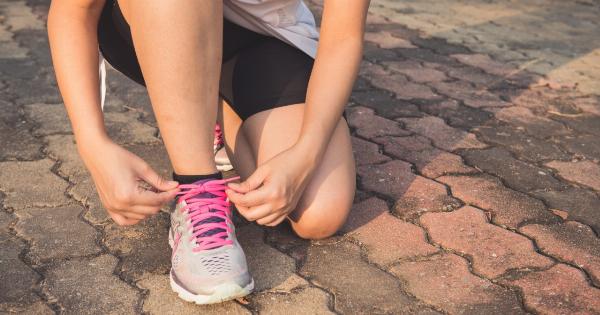When it comes to building a strong, toned physique, many people focus on their upper body muscles and often overlook the importance of well-developed calves.
Having sexy calves not only enhances your overall physical appearance but also improves your balance and athletic performance. If you’re looking to build and sculpt your calf muscles, this step-by-step guide will provide you with effective exercises and tips to help you achieve your goal.
1. Understand the Anatomy of Your Calves
Before you start any training program, it’s important to understand the anatomy of your calves. The two main muscles in your calf are the gastrocnemius and the soleus.
The gastrocnemius is the larger, more visible muscle located on the back of your lower leg, while the soleus is a smaller, deeper muscle that lies beneath the gastrocnemius. To build sexy calves, you must target both of these muscles through specific exercises.
2. Warm Up Properly
Before diving into calf exercises, it’s crucial to warm up your muscles to prevent injuries. Spend 5-10 minutes performing light cardio exercises such as jogging or cycling to increase blood flow to your calves.
3. Standing Calf Raises
One of the most effective exercises for building your calf muscles is standing calf raises. To perform this exercise, follow these steps:.
- Stand with your feet shoulder-width apart near a wall or a sturdy object for balance.
- Place the balls of your feet on an elevated surface such as a step or a calf raise machine.
- Slowly raise your heels off the floor while keeping your knees straight.
- Pause at the top of the movement, then lower your heels back down to the starting position.
- Repeat for the desired number of repetitions.
4. Seated Calf Raises
The seated calf raise is another effective exercise that targets the soleus muscle. Here’s how you can perform it:.
- Sit on a calf raise machine or a bench with your feet flat on the floor and your knees bent at a 90-degree angle.
- Place a weight or a barbell on your thighs, just above your knees.
- Position the balls of your feet on an elevated surface, such as a step or a block.
- Slowly raise your heels off the floor as high as possible.
- Hold the contraction for a moment, then lower your heels back down.
- Repeat for the desired number of repetitions.
5. Jumping Rope
Jumping rope is not only a fun cardiovascular exercise but also an excellent way to work your calf muscles.
Whether you’re using a traditional rope or a ropeless jump rope, this exercise engages your calves as you push off the ground and land softly on your toes. Start with shorter jump rope sessions and gradually increase your time as your calf muscles become stronger.
6. Single-Leg Calf Raises
To target each calf individually and improve muscle symmetry, incorporate single-leg calf raises into your routine. Follow these instructions:.
- Stand near a wall or a sturdy object for balance.
- Place one foot on an elevated surface while keeping your other foot off the ground.
- Raise the heel of your standing foot as high as possible.
- Pause at the top, then slowly lower your heel back down.
- Repeat for the desired number of repetitions, then switch legs.
7. Progressive Overload
To continue building and toning your calf muscles, you need to progressively increase the intensity of your exercises.
Gradually add more weight, increase the number of repetitions, or perform more challenging variations of the exercises mentioned above. By consistently challenging your muscles, you’ll stimulate growth and see noticeable improvements in your calves over time.
8. Stretching and Recovery
After each workout, make sure to stretch your calves to enhance flexibility and promote muscle recovery. Simple stretches like the standing calf stretch and the seated calf stretch can help alleviate muscle tightness and reduce the risk of injuries.
9. Stay Consistent and Patient
Building sexy calves, like any fitness goal, takes time and consistency. Stick to your training routine, and remember that results won’t happen overnight.
Be patient and celebrate small milestones along the way to stay motivated and focused on your progress.
10. Nutrition and Hydration
Lastly, don’t forget the impact of nutrition and hydration on muscle development. Fuel your body with a balanced diet that includes lean proteins, whole grains, and plenty of fruits and vegetables.
Additionally, stay adequately hydrated throughout the day by drinking enough water to support muscle growth and overall performance.
